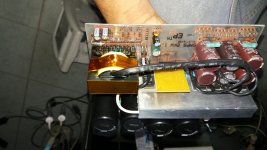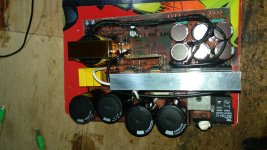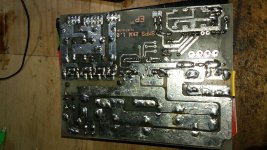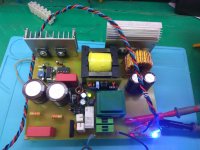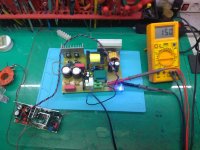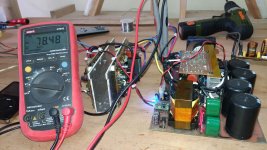Silvio
Well-known member
It looks you progressed quite well Eusebio, the only missing thing that I can see is that you did not use any sleeving at the ends of the windings. Some heat shrink tube would have done the job.
I do not know if the center taps coming out of the top are all common to each other. Here as well some sleeving would have helped for better insulation. Apart everything else it is a neat job with the trafo and also the pcb
I guess the trafo is ready now but for future transformer windings I suggest you take a look at my video on youtube called Winding small transformers for smps. This will help you out learning good practices.
here is the link
https://www.youtube.com/watch?v=_K3ixhcTYFg
Regards Silvio
I do not know if the center taps coming out of the top are all common to each other. Here as well some sleeving would have helped for better insulation. Apart everything else it is a neat job with the trafo and also the pcb
I guess the trafo is ready now but for future transformer windings I suggest you take a look at my video on youtube called Winding small transformers for smps. This will help you out learning good practices.
here is the link
https://www.youtube.com/watch?v=_K3ixhcTYFg
Regards Silvio

